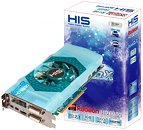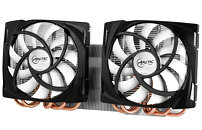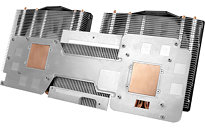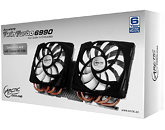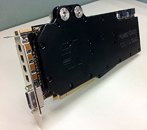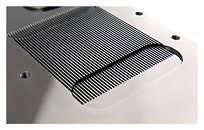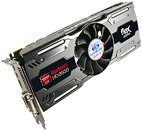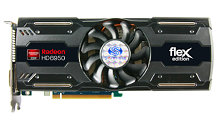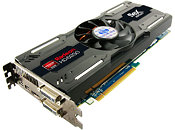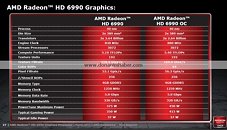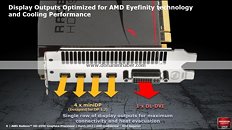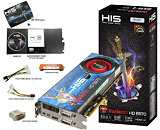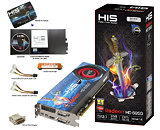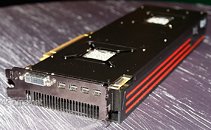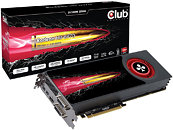
Seagate Technology Announces Offering of $500 Million of Senior Unsecured Notes
Seagate Technology plc (NASDAQ: STX) today announced that it intends, subject to market and other conditions, to offer up to $500 million aggregate principal amount of senior notes (the "Notes") in a private placement. The Notes are expected to be issued by Seagate HDD Cayman, an indirect wholly-owned subsidiary of Seagate Technology plc, and guaranteed by Seagate Technology plc.
Seagate intends to use the net proceeds from the offering of the Notes for general corporate purposes, which may include, but are not limited to, the retirement of a portion of its outstanding indebtedness, capital expenditures and other investments in the business.
Seagate intends to use the net proceeds from the offering of the Notes for general corporate purposes, which may include, but are not limited to, the retirement of a portion of its outstanding indebtedness, capital expenditures and other investments in the business.








